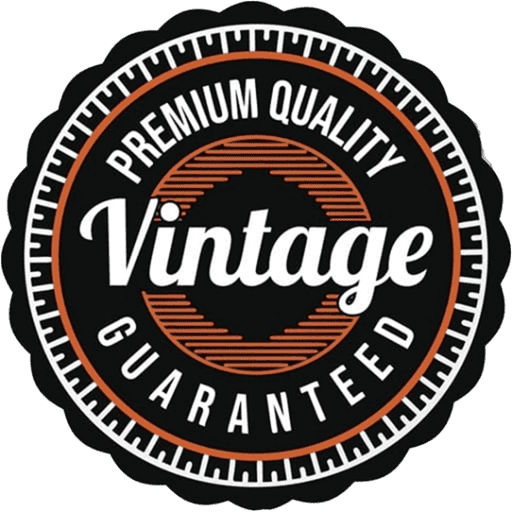If you want to identify authentic vintage collectibles, focus on items that are at least 20 to 30 years old. This timeframe separates genuine vintage pieces from modern reproductions and retro-inspired items, ensuring your collection maintains historical value and authenticity.
Most experts agree that objects produced before the 1990s fit comfortably into the vintage category. For example, collectibles from the 1980s and earlier often showcase unique design trends, manufacturing techniques, and cultural significance that set them apart from newer items. Evaluating the production date helps distinguish true vintage from recent items made to look old.
Consider the item’s context, such as the era it was created in and its material quality. Authentic vintage items typically exhibit signs of age, like patina, wear, or manufacturing marks, indicating they have survived several decades. Recognizing these features ensures you invest in items with genuine historical value rather than modern reproductions.
By focusing on items that are at least two decades old, collectors and enthusiasts can confidently build a portfolio of pieces that represent specific periods and styles. This approach helps maintain the integrity of your collection and allows for better appreciation of the craftsmanship and cultural context behind each item.
Determining the Specific Time Periods Most Recognized for Authentic Vintage Items in Different Collecting Fields
Focus on the decades from the 1920s to the 1970s, as these years mark the core of what collectors define as authentic vintage. For example, vintage clothing popularized in the 1950s and 1960s often features distinct styles like full skirts, A-line dresses, and retro prints, making the mid-20th century the most notable period. Similarly, furniture from the Art Deco movement of the 1920s and 1930s stands out, with geometric shapes and luxurious materials indicating high authenticity for pieces within that era.
Fashion and Textiles
Identify garments produced roughly between 1940 and 1960, focusing on fabrics, construction techniques, and patterns typical of that era. Items like swing dresses or leather handbags with metal hardware from this period command particular recognition. The post-war 1950s, with its emphasis on glamour and innovation in materials, remains a pivotal reference point for authentic vintage fashion.
Collectible Toys and Games
Key years include the 1950s and early 1960s, marked by the introduction of plastic toys and iconic characters. Recognizable features include printing styles, types of plastics used, and manufacturing marks that emerged during this period. For instance, popular brands like Barbie, introduced in 1959, are typically considered vintage when produced within the first decade of her release.
In the realm of jewelry, focus on pieces from the 1930s and 1940s, characterized by Art Deco influences and the use of materials such as Bakelite, marcasite, or early costume jewelry techniques. Recognizing these specific timeframes helps confirm authenticity and preserve the value of collections across disciplines.
Identifying Key Factors That Help Collectors Date and Authenticate Vintage Collectibles Accurately
Focus on manufacturer marks and labels, as they provide concrete production dates and authenticity clues. Examine logos, font styles, and placement carefully, comparing them with known authentic examples from specific time periods.
Inspect materials and construction techniques to determine the era. For instance, the type of ceramic glaze, paper quality, or fabric weave can narrow down the manufacturing date. Verify whether the materials align with those available during the claimed production period.
Analyze design features and stylistic details. Changes in patterns, color palettes, or decorative motifs often reflect shifts in trends or manufacturing innovations. Cross-reference these elements with historical catalogs or reference guides for precise dating.
Use serial numbers, model numbers, or edition markings to verify manufacturing sequences. Authentic collectibles typically feature these identifiers in specific locations and formats that evolved over time, aiding in establishing a production timeline.
Review provenance documentation and documentation like original boxes or certificates. These records can confirm the item’s age and authenticity, especially when they include manufacturing dates or retailer stamps consistent with a certain period.
Carefully examine signs of aging or wear consistent with the claimed age. Genuine vintage items display natural patina, fading, or signs of use that are difficult to reproduce authentically. Be cautious of artificially aged or refurbished pieces that can deceive even experienced collectors.
Leverage expert opinions and certification services when uncertainty arises. Certified appraisals often include comprehensive reports detailing the collectible’s origin, age, and authenticity, providing added confidence in your assessment.
Keep abreast of updates in manufacturing histories and emerging counterfeit trends by consulting reputable collector communities, specialized publications, and industry resources. This ongoing knowledge helps differentiate genuine vintage items from replicas or forgeries.
